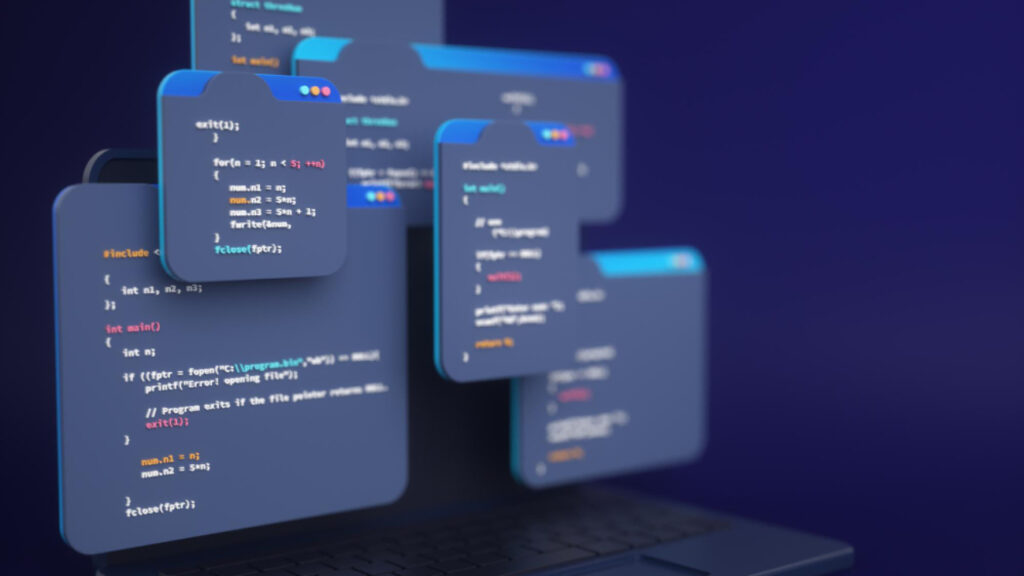Virtual Reality (VR) stands at the forefront of modern technological innovation, revolutionizing how we approach workforce development stated Bahaa Al Zubaidi. In today’s rapidly evolving job landscape, continuous learning and skill enhancement are pivotal for both employees and employers. Traditional training methods often fall short of providing immersive and effective learning experiences.
This blog delves into the numerous advantages of VR in workforce development, shedding light on its potential to reshape the way we acquire and refine skills. From creating lifelike simulations to offering cost-effective, flexible, and remote learning solutions, VR has emerged as a game-changer. As we navigate the dynamic landscape of the 21st-century workforce, it’s crucial to explore how VR can propel us toward a more agile, proficient, and adaptable workforce.
Understanding Virtual Reality (VR)
VR is a computer-generated environment that immerses users in a three-dimensional, interactive world. It relies on a combination of cutting-edge hardware and software to create this immersive illusion. Unlike traditional flat-screen displays, VR places the user right at the heart of the action, offering a visceral experience that engages sight, sound, and even touch.
Various VR systems and devices cater to different needs, from high-end headsets to smartphone-powered solutions. As we explore VR further, we’ll unveil its profound impact on workforce development and its capacity to revolutionize the way we learn and grow in our professional journeys.
Advantages of VR in Workforce Development
The advantages of incorporating Virtual Reality (VR) into workforce development are strikingly evident. VR offers a transformative learning experience through its immersive simulations and lifelike scenarios, engaging trainees in active participation. Safety training becomes markedly more effective as employees can practice in virtual hazardous environments and simulate emergency responses.
Cost efficiency is a notable perk, with reduced infrastructure needs and minimized travel expenses. Skill enhancement, encompassing both technical proficiency and soft skills development, is another standout benefit. Furthermore, the flexibility of remote learning, tailored to individual schedules, fosters accessibility for remote workers. In essence, VR redefines workforce training, providing a dynamic and effective platform for skill acquisition and professional growth.
Ethical Considerations
Privacy concerns come to the forefront as VR collects substantial user data. Safeguarding this sensitive information is paramount. Additionally, ensuring inclusivity and accessibility for all employees is essential, as VR could inadvertently exclude individuals with certain disabilities.
Furthermore, there’s the potential for VR addiction, necessitating awareness and responsible use. Navigating these ethical waters demands a proactive approach, including robust data protection measures, accessibility standards, and fostering a balanced relationship with VR technology. By addressing these concerns, we can harness the benefits of VR in workforce development while upholding ethical principles.
Conclusion
VR’s ability to provide immersive, interactive, and effective learning experiences has the power to reshape how individuals acquire and refine their skills. From lifelike simulations to cost-effective and flexible training solutions, the advantages of VR are numerous and compelling.
As the workforce landscape evolves at an unprecedented pace, embracing VR as a valuable tool becomes imperative. By doing so, businesses and organizations can equip their employees with the agility, proficiency, and adaptability needed to thrive in the 21st-century workforce. VR is not only a technology’s a gateway to a more dynamic and empowered workforce.
The blog has been authored by Bahaa Al Zubaidi and has been published by the editorial board of TechDomain News. For more information, please visit www.techdomainnews.com






